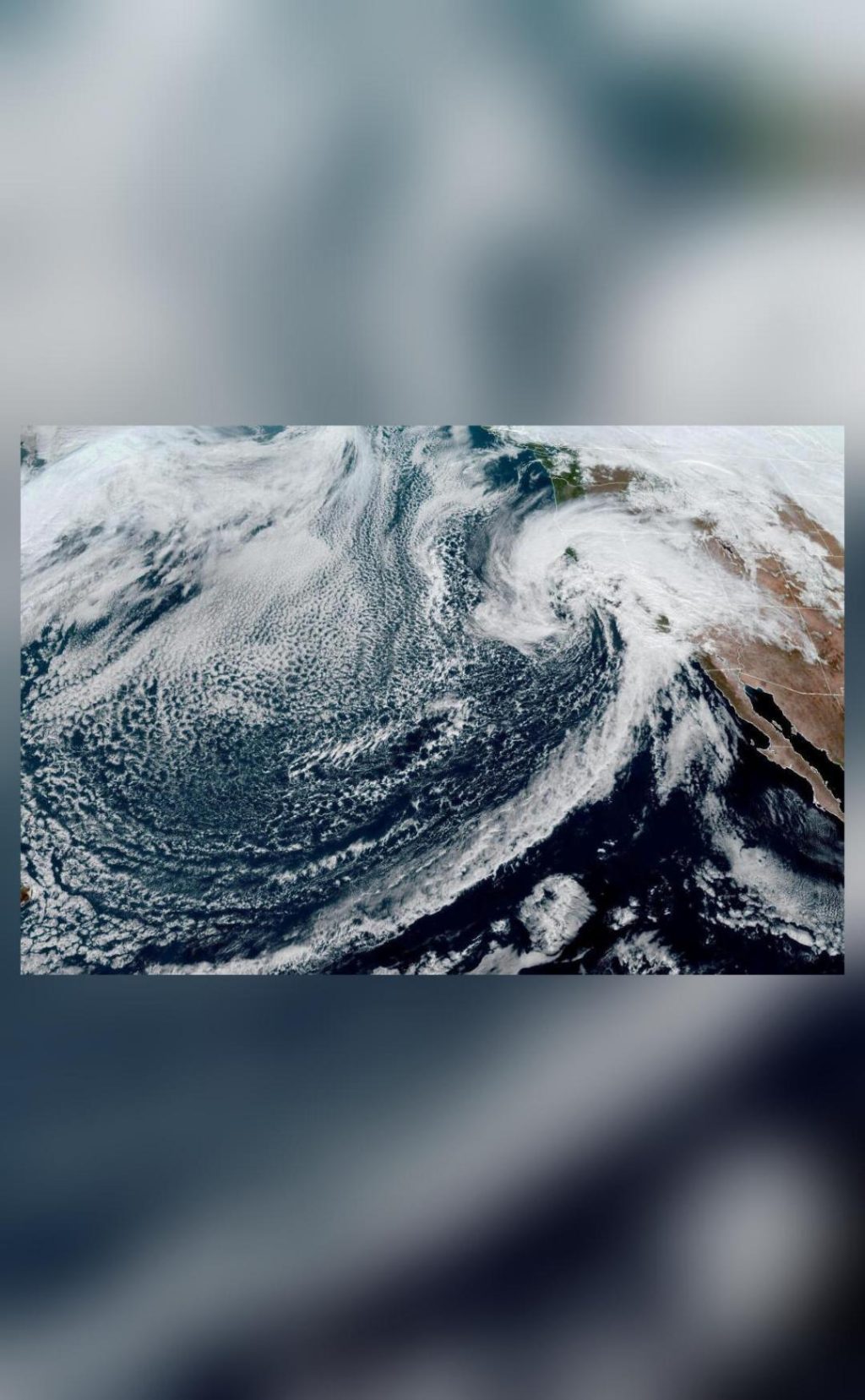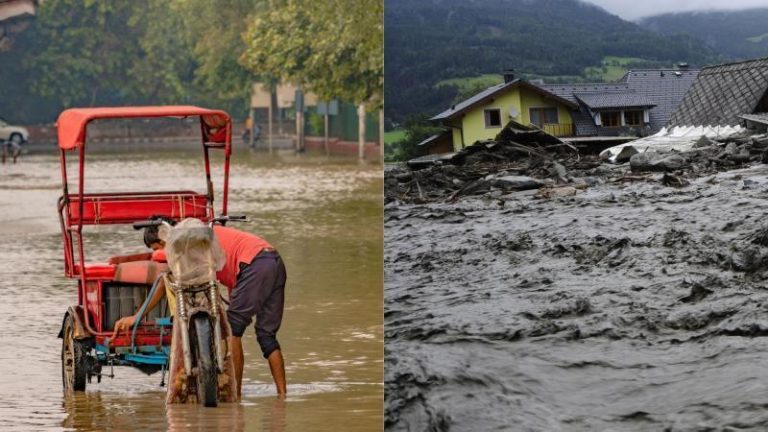
What are Atmospheric Rivers?
Atmospheric rivers are a fascinating phenomenon that play a crucial role in shaping our climate and weather patterns. These are large, narrow sections of the Earth’s atmosphere that carry moisture from the tropics near the equator to the poles. On average, there are four to five active atmospheric rivers at any given time, making them a significant factor in global weather patterns.
In this blog post, we’ll delve into the world of atmospheric rivers, exploring what they are, how they form, and the impact they have on our planet. We’ll also examine the recent news surrounding California’s atmospheric rivers and their effects on water and snowpack levels.
What are Atmospheric Rivers?
Atmospheric rivers are long, narrow regions in the atmosphere that transport large amounts of water vapor from the tropics to higher latitudes. These rivers in the sky are formed when there is a strong temperature gradient between the warm, moist air near the equator and the cold, dry air at higher latitudes. As the air rises, it cools, and the water vapor condenses, forming clouds and precipitation.
Atmospheric rivers are typically around 250-500 miles (400-800 km) wide and can stretch for thousands of miles. They are responsible for transporting up to 50% of the water that falls on the western coast of North America and Europe.
How are Atmospheric Rivers Formed?
Atmospheric rivers are formed when there is a strong jet stream, a fast-moving band of air that can reach speeds of up to 200 mph (320 km/h). When the jet stream interacts with the warm, moist air from the tropics, it creates a region of lift, causing the air to rise and cool. As the air rises, it cools, and the water vapor condenses, forming clouds and precipitation.
The formation of atmospheric rivers is influenced by several factors, including the position and strength of high and low-pressure systems, the speed and direction of the jet stream, and the amount of moisture available in the atmosphere.
The Impact of Atmospheric Rivers
Atmospheric rivers have a significant impact on our climate and weather patterns. They are responsible for bringing much-needed rain and snow to regions that are often dry and barren. In fact, atmospheric rivers are a major source of precipitation in the western United States, providing up to 50% of the annual rainfall in some areas.
However, atmospheric rivers can also cause extreme rainfall and flooding, particularly when they make landfall. This is because the concentrated moisture and strong winds associated with atmospheric rivers can lead to intense precipitation rates, causing flash flooding and landslides.
California’s Atmospheric Rivers
Recently, California has been in the news due to its atmospheric rivers and their impact on water and snowpack levels. According to a recent article by Reuters, California’s atmospheric rivers are responsible for bringing much-needed rain and snow to the state, which is crucial for its water supply.
The article notes that California’s snowpack levels are currently above average, thanks to the state’s atmospheric rivers. This is significant, as snowpack is an important source of water for the state, particularly during the dry summer months.
However, the article also notes that the state’s atmospheric rivers can be unpredictable, and it’s difficult to forecast exactly when and where they will make landfall. This unpredictability can make it challenging for water managers to plan for the state’s water needs.
Conclusion
Atmospheric rivers are an fascinating and important phenomenon that play a crucial role in shaping our climate and weather patterns. These long, narrow regions in the atmosphere transport large amounts of water vapor from the tropics to higher latitudes, providing much-needed rain and snow to regions that are often dry and barren.
While atmospheric rivers can cause extreme rainfall and flooding, they are also a vital source of precipitation in many regions. California’s atmospheric rivers are a prime example of this, providing much-needed rain and snow to the state’s water supply.
As we continue to monitor and study atmospheric rivers, we can better understand their impact on our climate and weather patterns. By doing so, we can improve our forecasting and planning abilities, ensuring that we are better prepared for the unpredictable nature of these powerful weather systems.
News Source:






